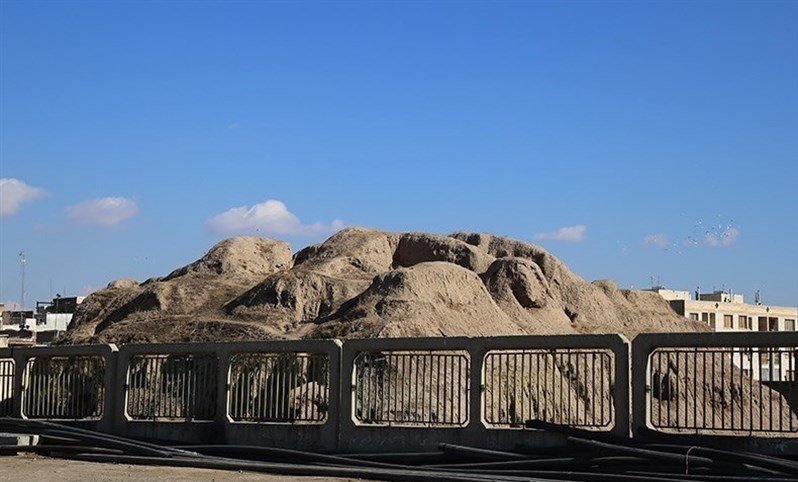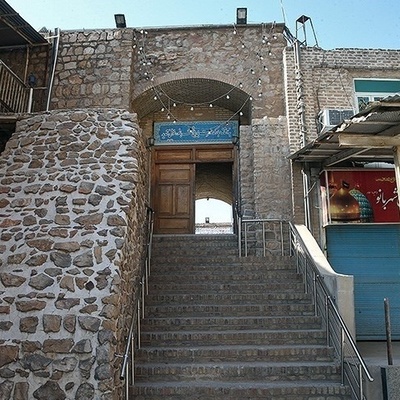SAEDNEWS: Meimoon Ghal’eh Castle: Exploring the Ruins of Qazvin’s Historic Fortress

Nestled in the heart of Qazvin, this imposing castle—now heavily eroded—spans nearly 5,000 square meters. Archaeological evidence suggests that a grand dome once crowned its central section, though today, none of the ceilings remain.
Beneath the fortress lies a subterranean labyrinth: three east-west tunnels interlinked by a north-south passage, with a helical staircase connecting the two levels. Historians believe the main gates once opened to the north, while eight brick towers once encircled the stronghold, pointing to its function as a military fortress.
The castle’s origins remain uncertain. Current scholarship favors the Abbasid era, possibly commissioned by Caliph Musa Al-Hadi in 784 AD. Yet some experts argue for a Buyid-era origin, citing artifacts discovered at the site.
The castle also holds a place in intellectual history: the renowned scholar Nasir al-Din al-Tusi spent time here in the 13th century while living among the Ismailis.





